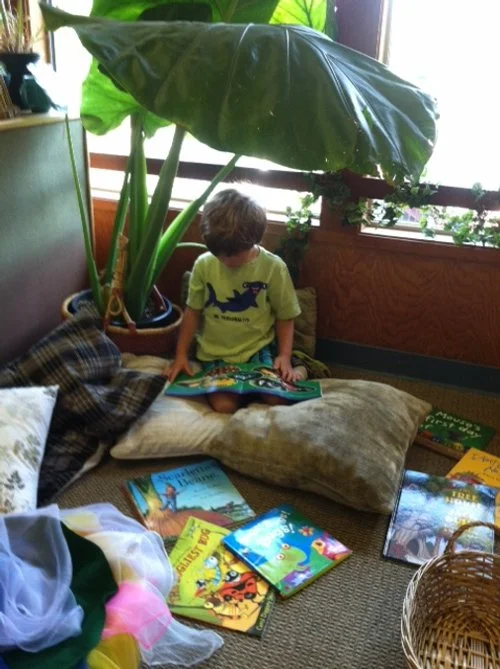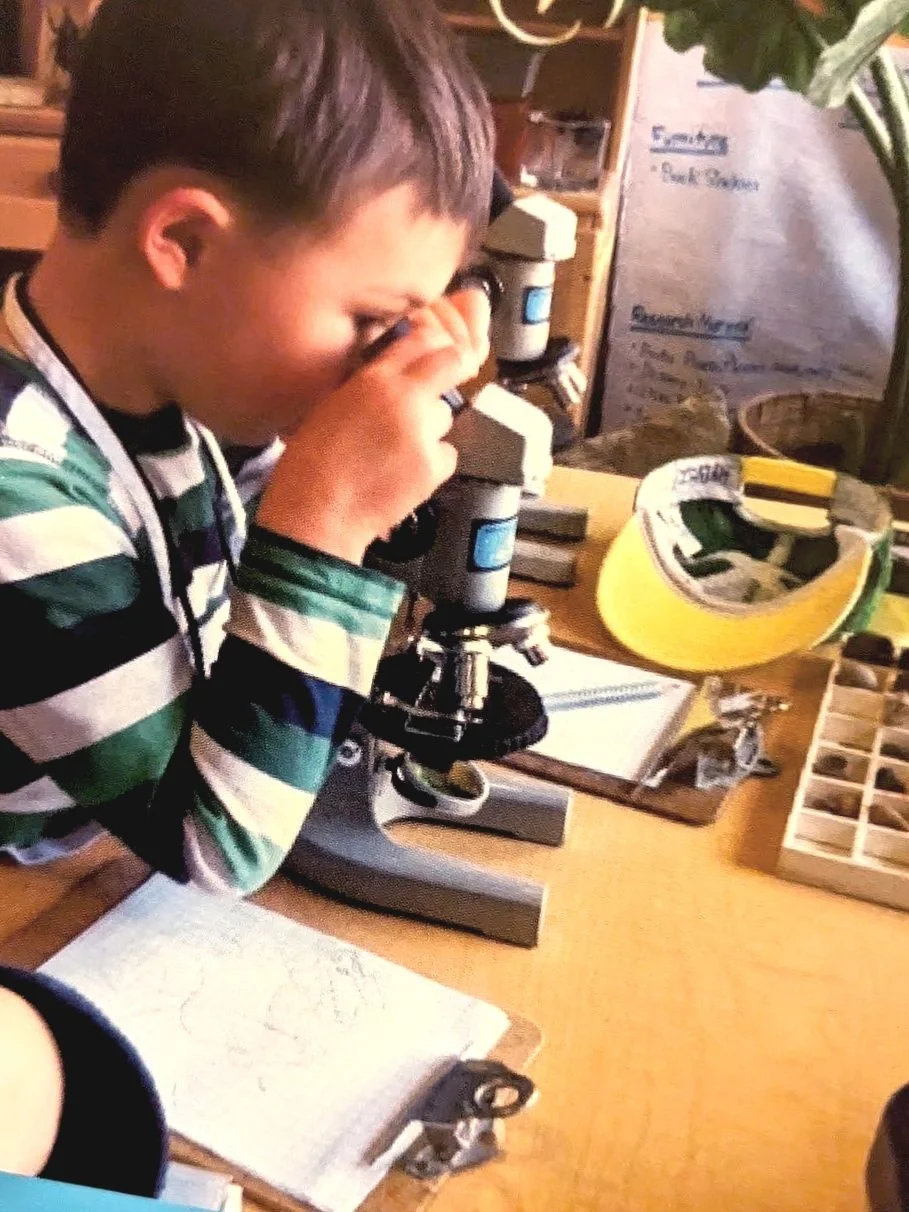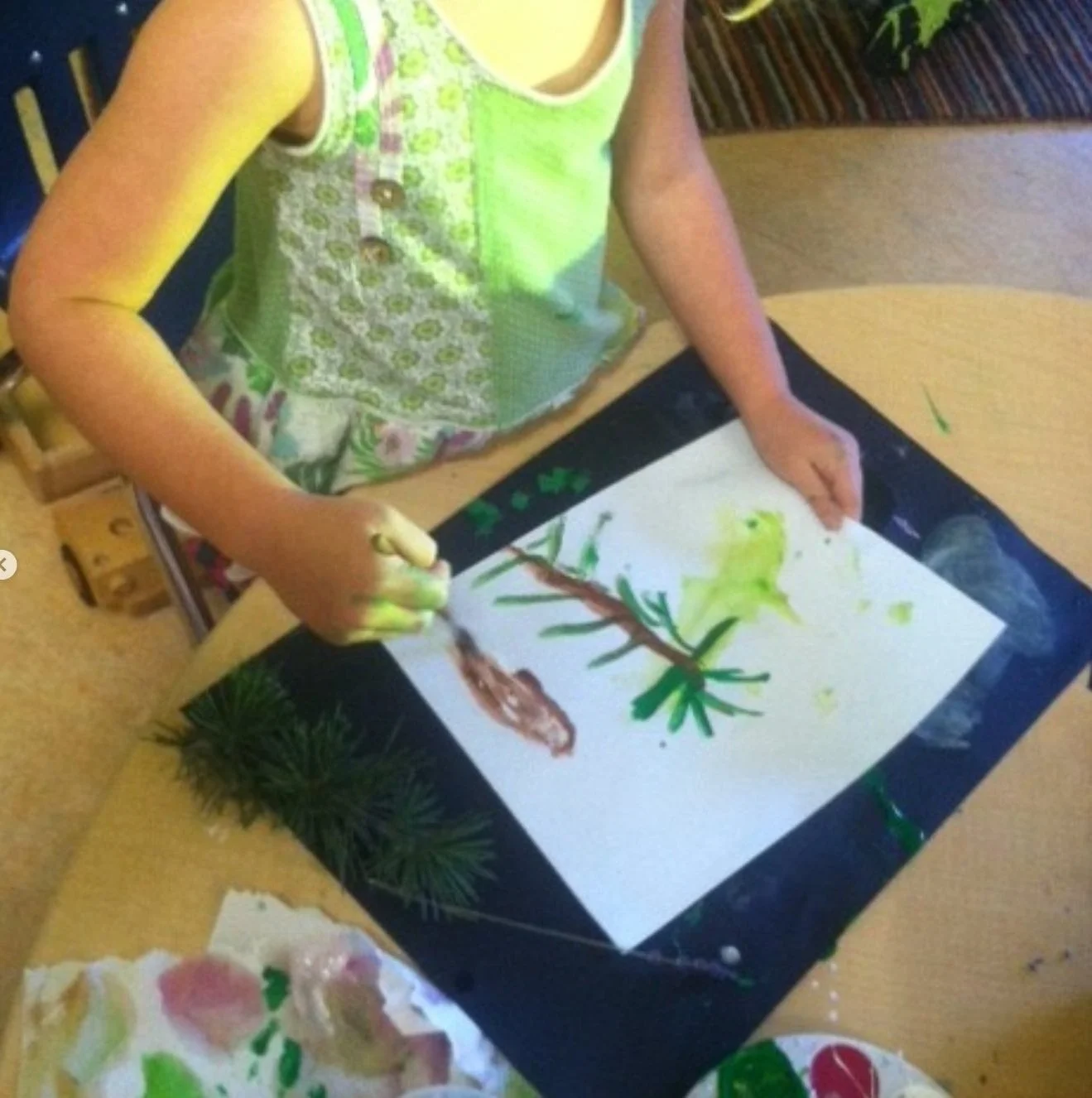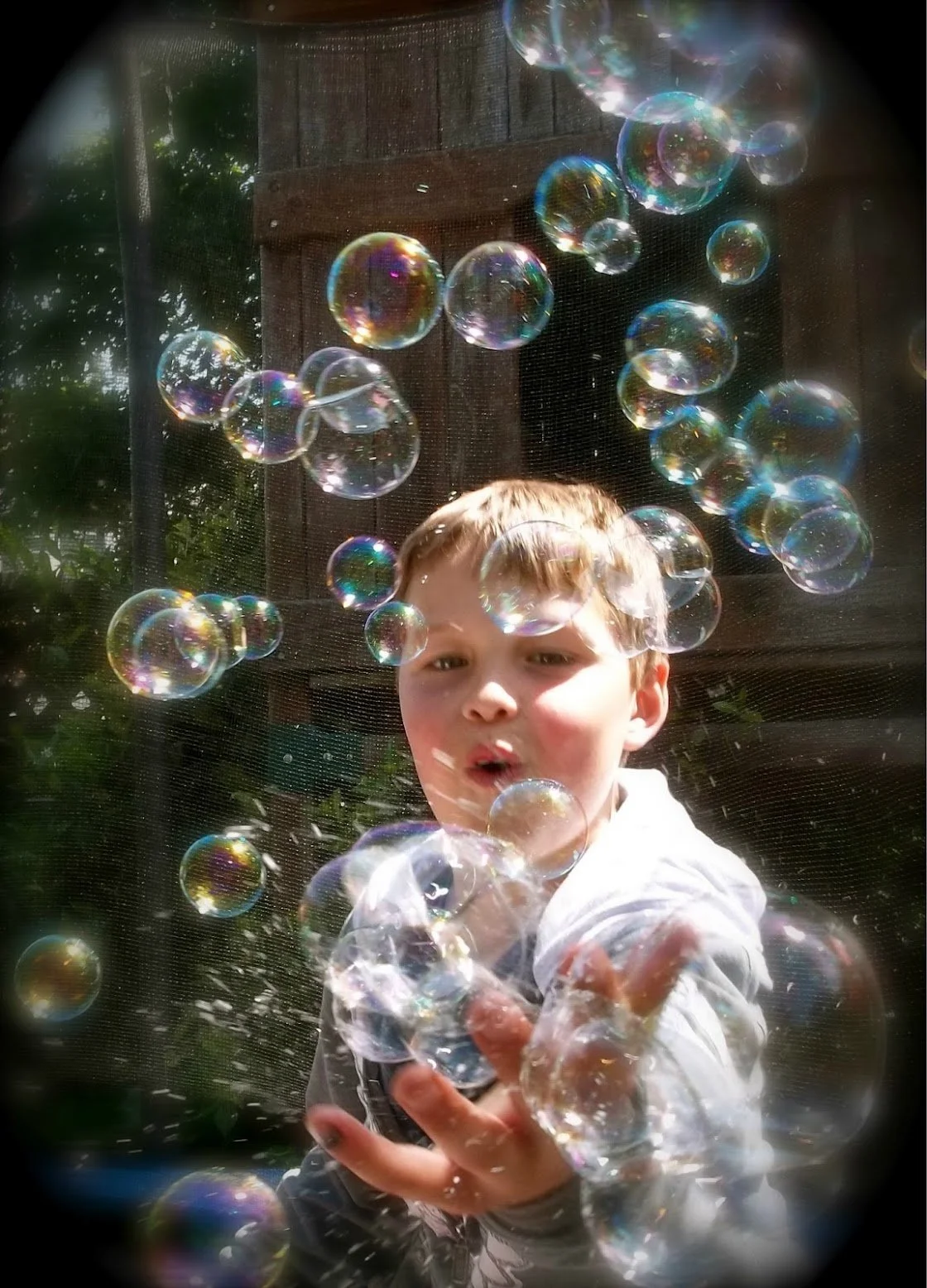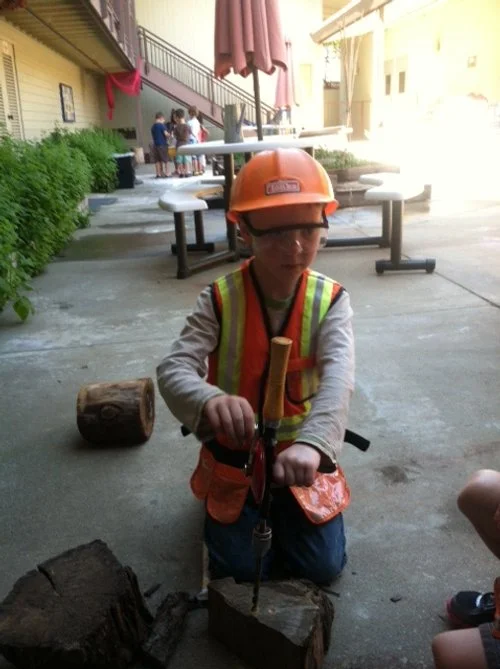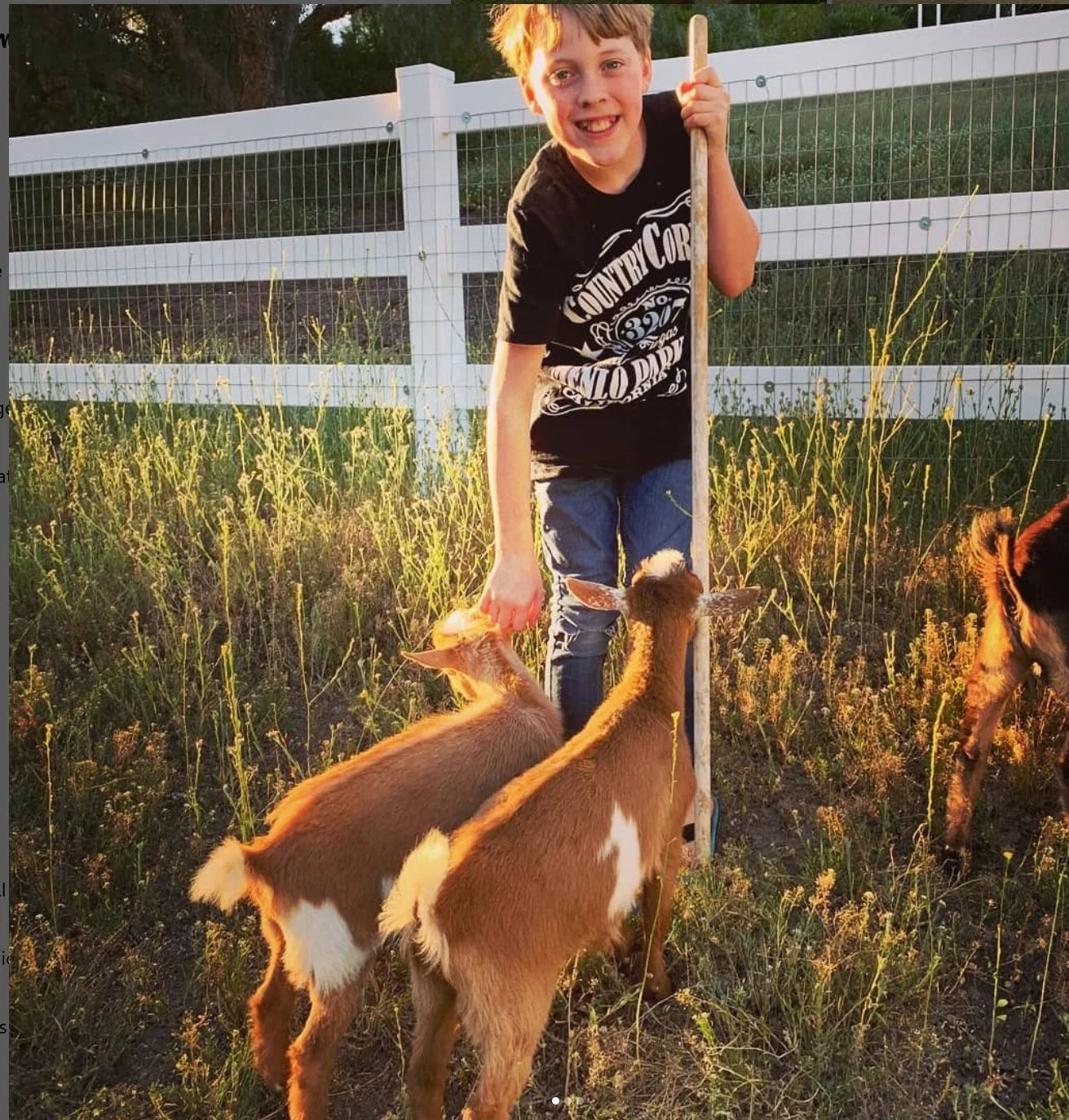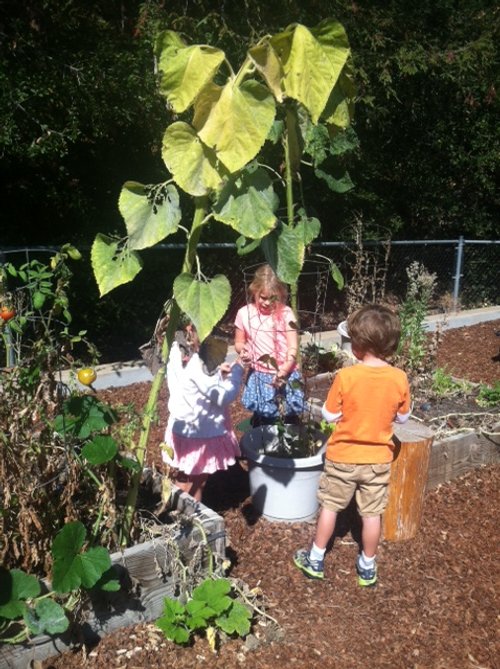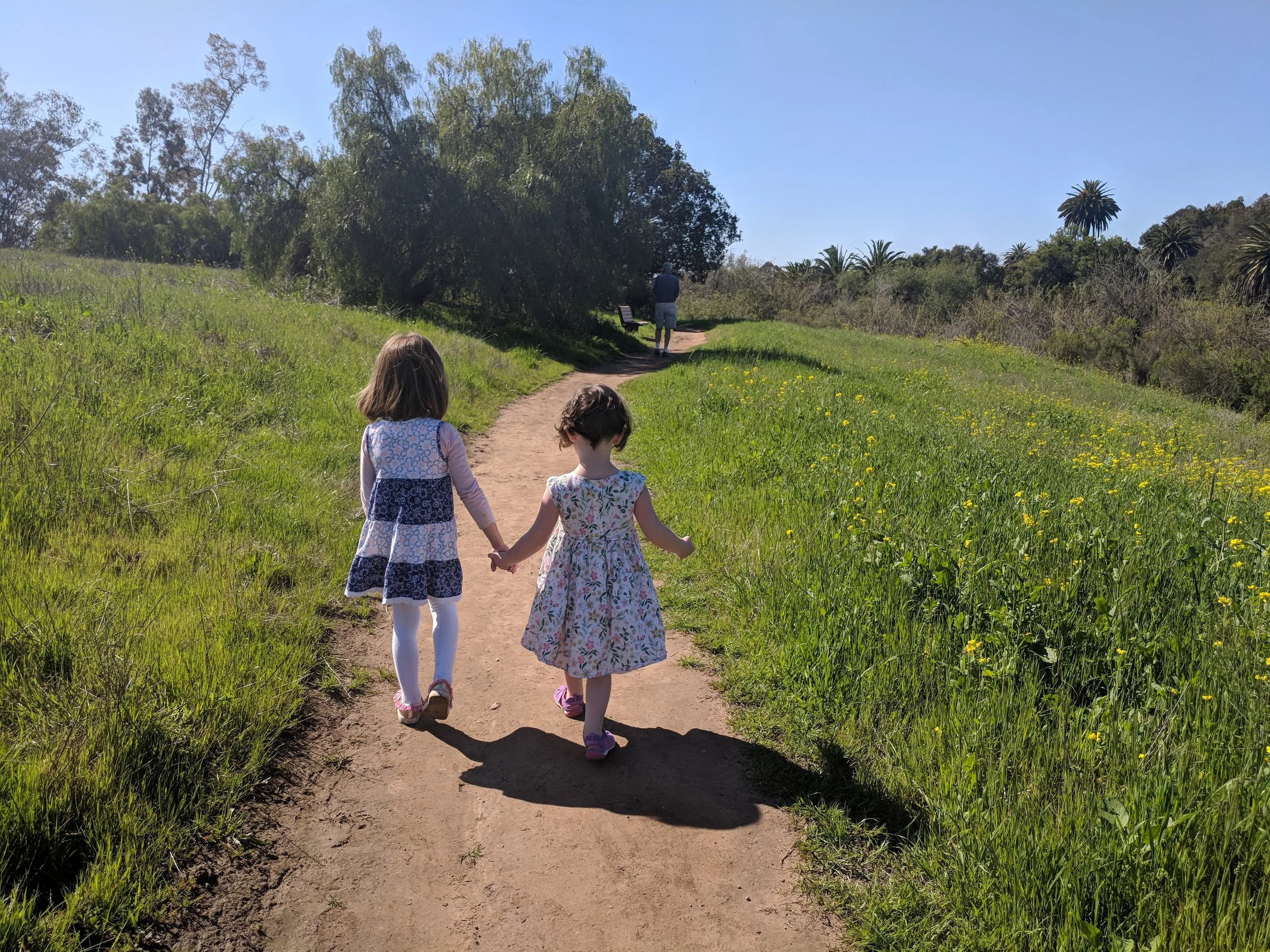Our Program
Here & Now
About two years ago, Roots & Shoots Preschool sought to find a special location that would give space for the Reggio Emilia Approach to be fully realized. We finally found the perfect place in the green orchards of Santa Rosa Valley, California!
A part of the Reggio Emilia philosophy is to adapt and build upon the environment, interests and needs of it’s community; we were excited to find a home abundant with beautiful trails and outdoor spaces, ready to be explored. Orchards, ready to be harvested by little hands and animals ready to teach the value of reciprocity and stewardship. We foster a child-led learning atmosphere enriched with natural elements, where children can explore and express themselves through the "hundred languages" of creative materials.
Our classrooms are designed to be safe and nurturing, encouraging independent exploration and positive self-concept.
We prioritize collaborative, mixed-age learning and actively involve families and the local community to reflect our diverse culture. Our teachers, (two teachers per 8 children class size) practice intentional and reflective teaching, using documentation to make learning visible and evaluable. By emphasizing art, creativity, and continuous research, we aim to cultivate a joyful, life-long love of learning, preparing children to become engaged, creative, and thoughtful adults.
Our Classroom Spaces
Art Studio/Atillier
Visual and Performing Arts
Making Learning Visible
Within each area of the Creative Arts, students interpret and express aspects of the world around them. Different art forms serve as effective tools to communicate growing skills and measure student development. Students harness and maintain concentration through meaningful art activities that develop over time. Students explore the three dimensions of Art:
Processing/Performing
Composing/Design
Appreciation/Diverging perspective
Music & Movement
Motor Development
Music is a tool used for story-telling and recording cultural events. Through the use of voice, body and instrument, students grow in understanding dynamic use of space; build a stronger connection to self, autonomy, agency and even celebration. Students build a repertoire of song, dance, games and movement that lay foundation for their understanding of musical concepts with rhythm, pattern, gradation of volume and pitch.
Project Work
Collaborative Design Challenges
Through age-appropriate STEAM Project Work, students scaffold their knowledge through concrete exploration, research, negotiation, problem solving and design application . Together, students explore and apply multiple disciplines as they investigate a…
Big Questions: formulated by the students’ inquiry.
Teachers co-investigate as they maintain context to foster meaningful learning outcomes.
Our Outdoor Spaces
Animal Care
Animal Stewardship
Our Animal Care Program accommodates several outdoor animals habitats. Chickens- One dozen laying bantam silkies, splash-frizzles, opal cochin and australorp. Goats- Vincent Van Goat and Sir Lance-a-Lot. Tortoise- 20 year old, named Socrates. Cat- Ragdoll kitten named Sophie. Dog- Coton-de-tulier named Banjo.
These animal residences offer our students opportunities to provide care and the responsibility of maintaining safe, clean and comfortable homes.
In turn, the animals help contribute to classroom season recipes, provide weed abatement and offer companionship, encouraging children to express their nurturing instincts.
Edible Schoolyard
Horticulture
Agriculture
Our Nature Area is a tribute to the Edible Schoolyard Program, inspired by Alice Waters. Through our Nature Area we hope to initiate two objectives: To open our children’s eyes and hearts to the beauty of nature through our many senses. To facilitate hands-on experience in the garden, fostering a deeper appreciation for how the natural world inspires us and sustains us. Each garden harvests a variety of seasonal produce and our children participate in all aspects of growing, harvesting, preparing and then eating their nutritious, seasonal recipes! Our educators make intentional links from the garden experiences to children’s classroom science, mathematics, and cultural investigations of ecology; meaningfully integrating experiential learning.
On Trail
Ecology
Supervised, Outdoor Trails offer our students the opportunity to develop many disciplines. Children gain confidence and age-appropriate independence, while exercising gross and fine motor skills; exploring our local ecology and have fun!
We try their many modes of locomotion- walking, jumping, climbing, hopping, skipping, galloping, leaping from one point to another, exercising navigation skills, coordination and build an understanding of space with landmarks.
Through these healthy, outdoor group-excursions, students practice their social skills through cooperation, taking turns, building responsible safety skills within a group dynamic.
As a group on trail, students share spontaneous dialogue, scientific observations, while gathering specimens and treasures along the way, building an understanding and appreciation for the world we live in.

